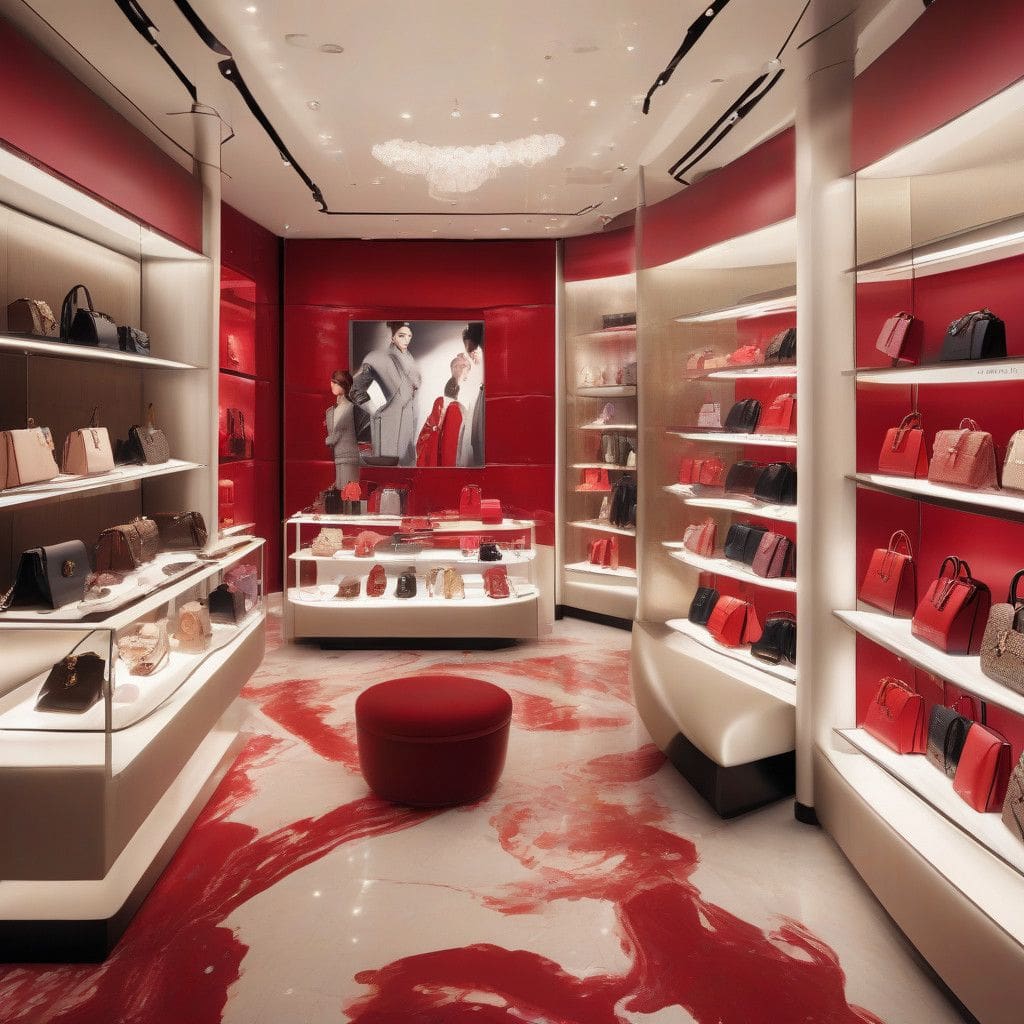Investors in the French luxury group LVMH are tuning in closely to the latest economic developments in China, particularly the country’s new fiscal stimulus measures. There’s a palpable hope that these efforts might rejuvenate a once-vibrant consumer base that has cooled significantly in recent months. As one of the largest shopping events—Singles Day—approaches, the stakes are undeniably high.
LVMH, known for its prestigious brands such as Louis Vuitton, Dior, Tiffany & Co., and Sephora, is at the forefront of this scenario. Analysts are watching the group closely as it prepares to report third-quarter revenue, which could provide insights into the state of the luxury market as it grapples with a global slowdown, particularly in China. According to Bain & Company, global sales of personal high-end goods will likely see stagnation or only a slight increase this year. This period signals a shift, as the once insatiable appetite of Chinese shoppers appears to have subsided.
The situation in China is stark. Economic uncertainty, exacerbated by a downturn in the property market, has made middle-class shoppers particularly cautious. Recent reports suggest that affluent consumers, who typically drive luxury sales, are now more reserved, leading analysts from Bank of America to declare that “the luxury consumer is all shopped out.” The firm predicts a challenging third quarter, possibly the worst in four years for the luxury sector, with an expected 1% decline in organic sales.
Market insiders point out that confidence among Chinese shoppers remains low, and this lack of enthusiasm presents challenges for luxury brands. Markus Hansen, a portfolio manager at Vontobel, noted that even a slight revival in consumer belief could unleash significant spending in luxury goods. This sentiment is echoed by analysts who foresee a potential resurgence in demand, with expectations of an acceleration in Chinese spending on high-end fashion as early as 2025.
In response to these difficulties, LVMH is taking proactive measures to adjust its market strategies in China. The luxury giant has bolstered its partnership with Alibaba, enabling it to leverage the latter’s advanced e-commerce capabilities and artificial intelligence innovations. Such collaborations are crucial for enhancing visibility and accessibility among Chinese consumers who are increasingly turning to online shopping for luxury goods.
The ability to adapt to changing consumer preferences is vital, yet the challenge is formidable. According to Patrice Nordey, CEO of Shanghai-based innovation consultancy Trajectry, the market is grappling with multifaceted issues that hinder the growth of luxury brands. Sales estimates for LVMH and its competitors like Kering have been revised downwards due to weaker than anticipated demand. Kering, heavily reliant on its Gucci brand for revenue, is expected to report a significant impact from the dip in Chinese consumer spending.
Moreover, Kering’s recent strategy to focus on “timeless” designs over trendy pieces may not resonate with consumers longing for excitement in their purchases. As TD Cowen analysts highlight, the pressure on brands to constantly innovate in their offerings remains critical, especially as economic headwinds persist.
Quarterly results from LVMH set to be reported soon are viewed as essential indicators for the sector. Industry experts are particularly interested in understanding if the observed slowdown is merely a cyclical challenge or indicative of a more significant structural shift in luxury spending habits. The outcome will offer vital information on how brands manage their portfolios and adapt to evolving consumer behavior.
In summary, the luxury market is at a crossroads, largely influenced by the tide of consumer sentiment in one of its most pivotal markets: China. As LVMH and other luxury brands navigate this complex landscape, the upcoming period will reveal whether fiscal measures can effectively restore the confidence of Chinese shoppers and re-ignite their passion for luxury goods. In the meantime, brands must remain agile, continually adjusting their strategies to capture the attention and wallets of consumers who are increasingly discerning.
As the luxury sector seeks clarity amid uncertainty, all eyes will be on the next quarter’s results, with stakeholders keen to learn if a revival in high-end consumer spending is imminent or still distant.












